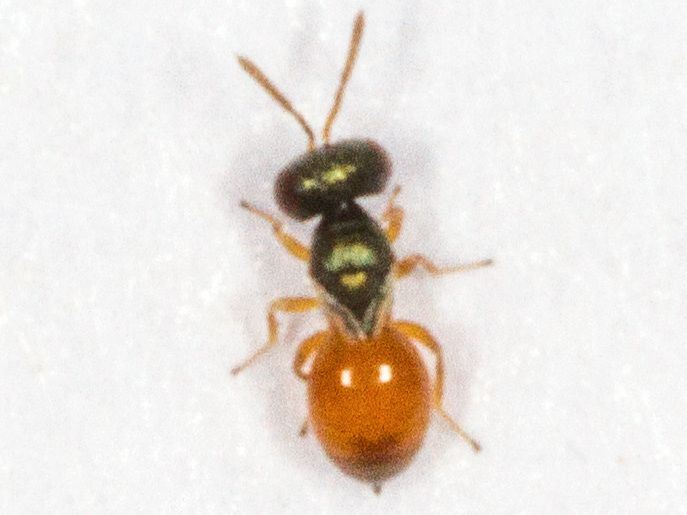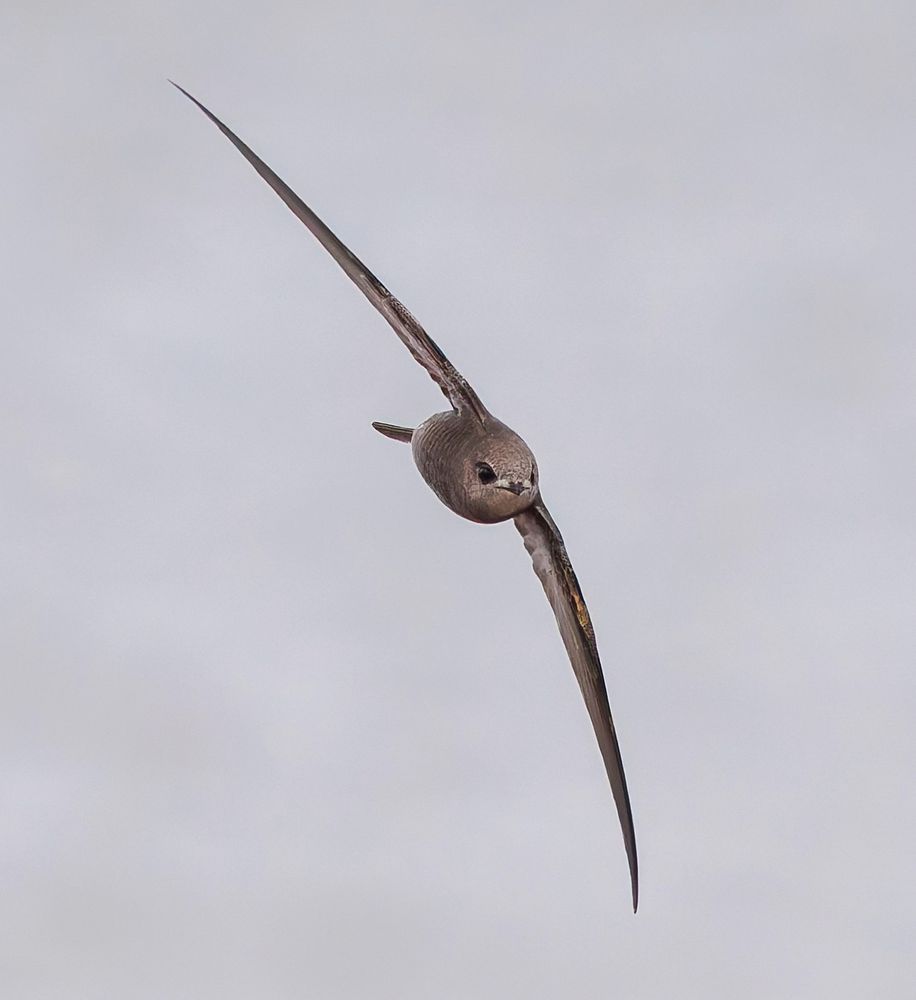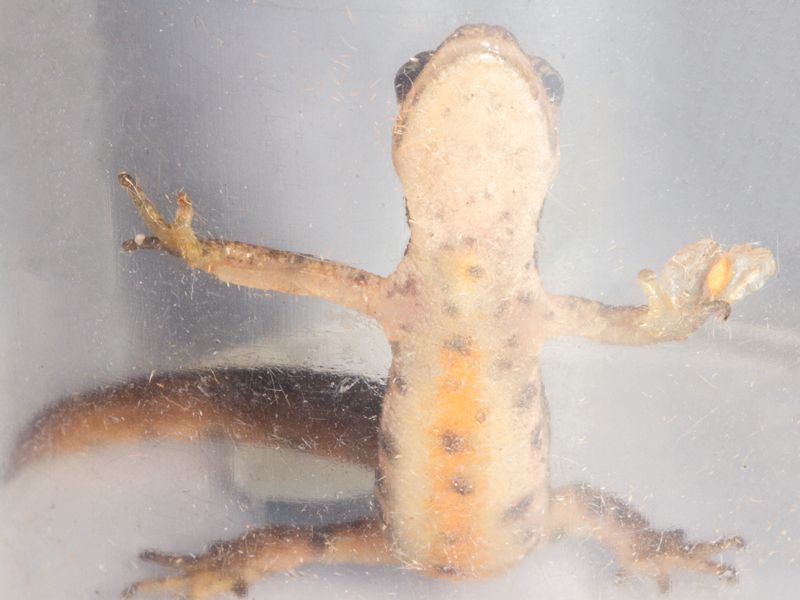
Based in North Elmham, Norfolk, UK.










#ausinverts #wildoz #Neuroptera #lacewing #bugsky #nature






Full of crucial info and ideas for how to live in a way that gives us a fighting chance of avoiding catastrophe.
I’ve threaded it to break it up a little… 1/17
#lowcarbonliving
www.tudelft.nl/sustainabili...



Full of crucial info and ideas for how to live in a way that gives us a fighting chance of avoiding catastrophe.
I’ve threaded it to break it up a little… 1/17
#lowcarbonliving
www.tudelft.nl/sustainabili...
For context, sustained winds of 74mph are enough to label it a hurricane. The most catastrophic category 5 hurricanes only have to be 156mph.
They’re also expecting it to drop more rain than most of England gets in a whole year.
Quelle: Yale Climate, Yale University

For context, sustained winds of 74mph are enough to label it a hurricane. The most catastrophic category 5 hurricanes only have to be 156mph.
They’re also expecting it to drop more rain than most of England gets in a whole year.










operationturtledove.org/captive-rele...

operationturtledove.org/captive-rele...
4th for Norfolk (3rd this year) unless @norfolkmoths.bsky.social has others pending.
#NorfolkMoths #TeamMoth


4th for Norfolk (3rd this year) unless @norfolkmoths.bsky.social has others pending.
#NorfolkMoths #TeamMoth
#Amphibians




#Amphibians







